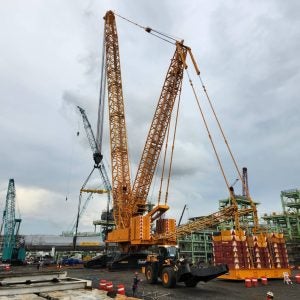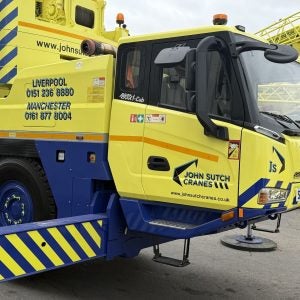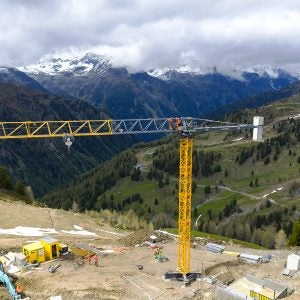The new certificate, the NCCCO says, is designed to ensure that crane operators receive accurate information about where loads need to be placed, particularly important when lifting ‘in the blind.’
For the first time, signalpersons will be tested on their understanding of basic crane operations and limitations, in addition to their knowledge of hand signals and voice communications. Both written and practical tests are required.
The program follows the intent of the latest revision of the ASME B30.5 Mobile and Locomotive Crane and ASME B30.3 Construction Tower Crane standards, as well as the OSHA Proposed Rule (otherwise known as C-DAC) that will revise Subpart N of the Code of Federal Regulations for cranes.
NCCCO executive director Graham Brent, speaking at the SC&RA’s recent rigging workshop in Toronto recently, said, “This is the seventh certification programme from the NCCCO. We expect five more programmes to be completed by the end of 2009. These include the riggers certificate, Level 1, in the first quarter, followed by Levels 2 and 3 later in 2009. There will also be a programme for articulated boom operators, and we are working with the state of Washington on an inspectors standard.”
He added, “Encouraging statistics have been released by CalOSHA [California’s occupational safety agency]. There has been a dramatic reduction in the three years after the introduction of certification, compared to the three years before.” The figures show that the number of fatalities as a result of crane operations, where the operator would be required to be certificated, fell from 10 in the three years before the implementation of certification, to two in the three years following. Injuries fell from 30 to 13.






